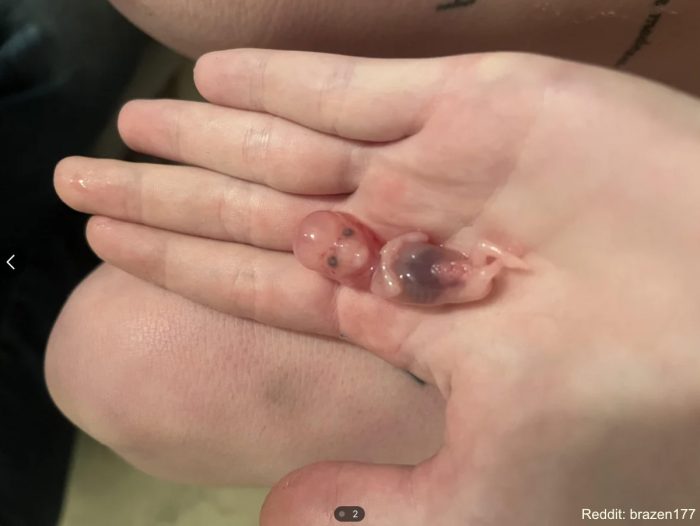An analysis recently released from the Guttmacher Institute shows that the number of chemical abortion appointments being conducted via telehealth is on the rise.
The estimations provided by Guttmacher show that 14% of its recorded abortions in 2024 were via online abortion appointments, up from 10% in 2023, an increase of about 40,000 abortions. Guttmacher stated that “Recent estimates from the #WeCount study document that 34,500 medication abortions were provided via shield laws to states with total bans in the first half of 2024.”
These numbers are an underestimation, as the report notes that the true number of ‘telehealth’ abortions was “almost certainly higher.”
“Our estimates exclude any abortions provided in states with total bans (through shield law provision, community health networks, online pharmacies or other means),” Guttmacher wrote, “and therefore represent an underestimate of the total number of abortions nationally.” Guttmacher also noted that, despite the increase, “[t]elehealth provision is not an available or preferred option for everyone seeking an abortion,” as most abortions in 2024 still took place in brick-and-mortar abortion businesses.
A policy analysis accompanying the report praised the increase in ‘telehealth’ abortions, saying, “Where it is available, telehealth provision of abortion can significantly mitigate many of the barriers that patients face when seeking abortion services, such as lowering the costs and time needed to travel to a provider. Additionally, telehealth provision can sometimes reduce the stigma some people experience when seeking an abortion in person.”
However, receiving the abortion pill via ‘telehealth’ without a doctor’s direct oversight comes with significant risks. A previously-documented Gynuity Health Projects (GHP) telabortion study found that six percent (6%) of participants faced complications from the abortion pill that required a visit to an ER or urgent care. Two similar studies support this finding. In addition, the FDA’s medication guide admits that up to seven percent (7%) of women who take mifepristone are likely to need a follow-up surgery “to stop bleeding” or to complete a failed chemical (abortion pill) abortion.

Photo of 10-week aborted baby: Reddit user brazen 177
‘Telehealth’ abortion pill distribution follows the “no-test” protocol, in which women are not required to have an ultrasound to accurately determine gestational age, or any other testing to rule out ectopic pregnancy or other risk factors before receiving the abortion pill. This puts women at greater risk; undiagnosed ectopic pregnancy could be fatal for the mother, and a failure to accurately assess gestational age could result in a higher chance of a failed or incomplete abortion (a potential infection risk), and more.








